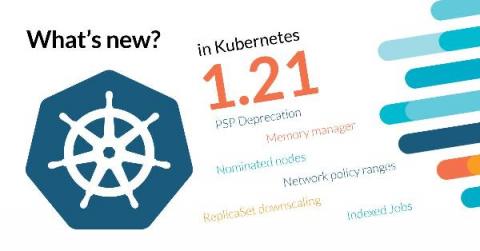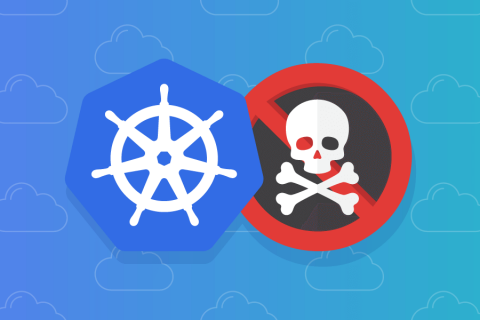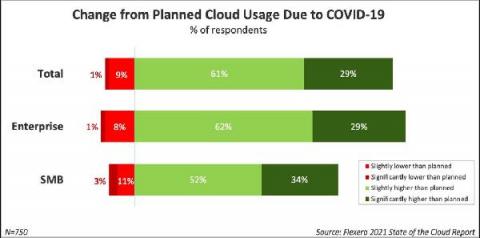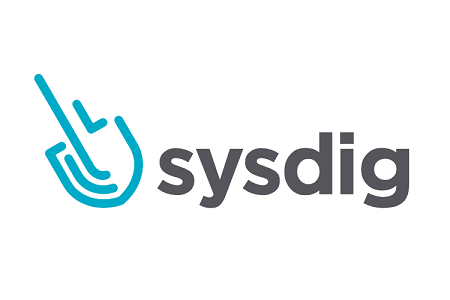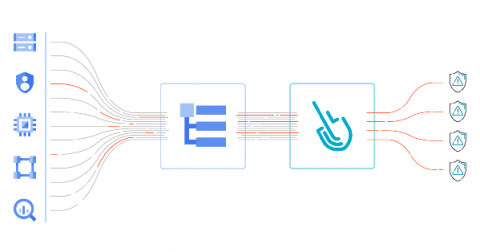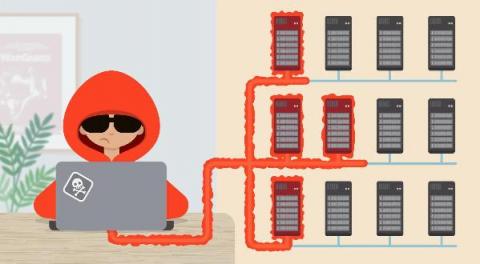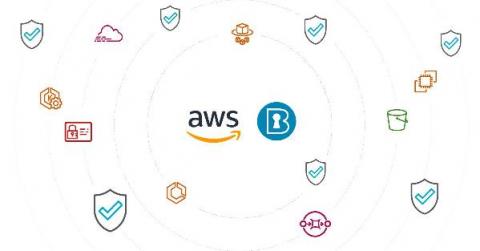What's new in Kubernetes 1.21?
This release brings 50 enhancements, up from 43 in Kubernetes 1.20 and 34 in Kubernetes 1.19. Of those 50 enhancements, 15 are graduating to Stable, 14 are existing features that keep improving, and a whopping 19 are completely new. It’s great to see old features, that have been around as long as 1.4, finally become GA. For example CronJob, PodDisruptionBudget, and sysctl support.


